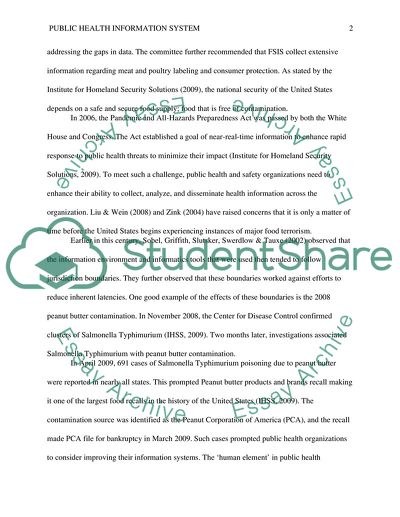Cite this document
(“The FSISs Public Health Information System Essay”, n.d.)
The FSISs Public Health Information System Essay. Retrieved from https://studentshare.org/nursing/1700102-the-fsiss-public-health-information-system
The FSISs Public Health Information System Essay. Retrieved from https://studentshare.org/nursing/1700102-the-fsiss-public-health-information-system
(The FSISs Public Health Information System Essay)
The FSISs Public Health Information System Essay. https://studentshare.org/nursing/1700102-the-fsiss-public-health-information-system.
The FSISs Public Health Information System Essay. https://studentshare.org/nursing/1700102-the-fsiss-public-health-information-system.
“The FSISs Public Health Information System Essay”, n.d. https://studentshare.org/nursing/1700102-the-fsiss-public-health-information-system.


